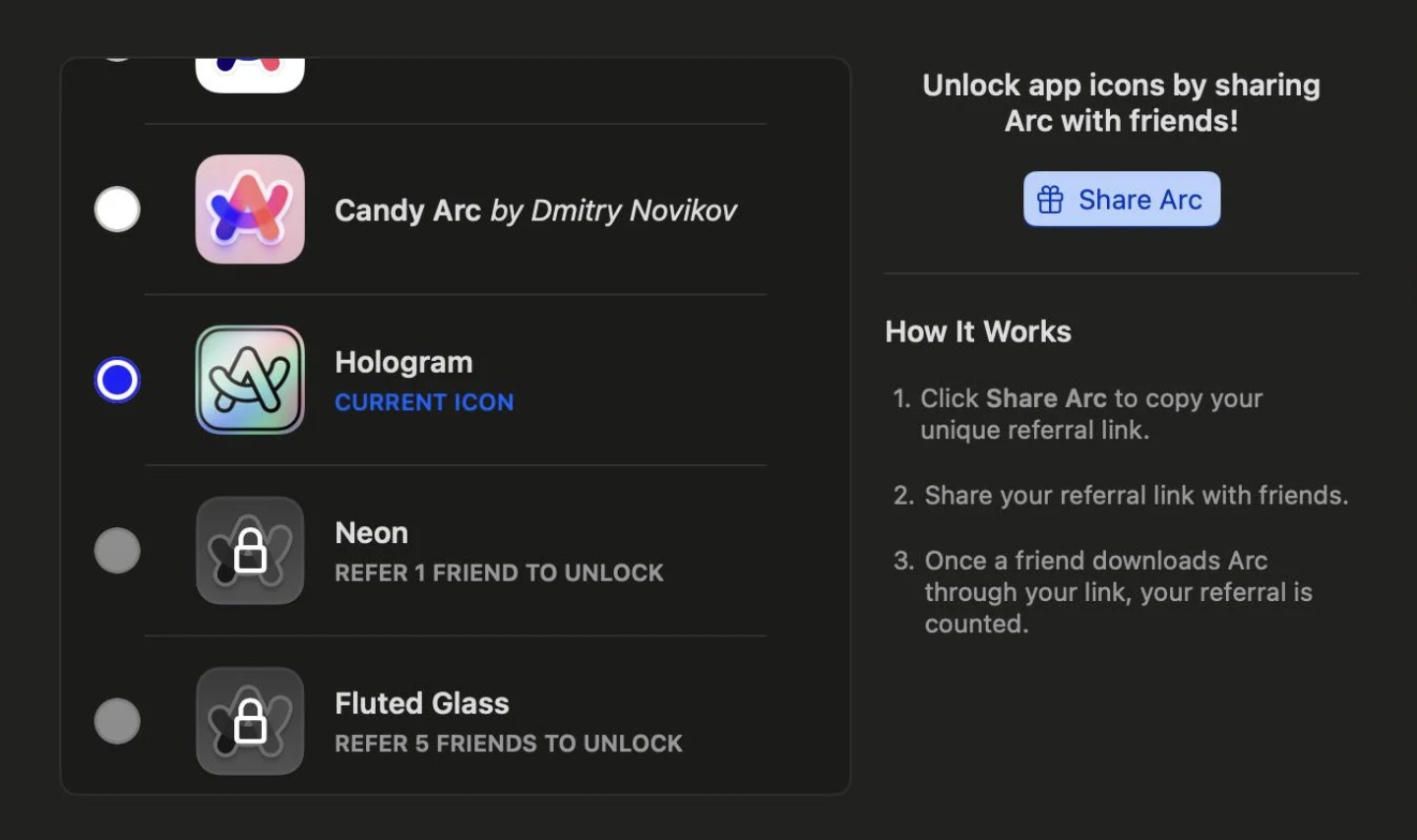In the competitive landscape of customer acquisition and retention, referral programs stand out as a beacon of efficiency and effectiveness.
Why does this matter?
Well, at their core, referral programs leverage the trust and satisfaction of existing customers to attract new ones, offering a unique blend of brand advocacy and organic growth.
Goals and Metrics
At the heart of every successful referral program lies clear, measurable goals and the metrics that gauge their success.
Defining these objectives requires an understanding of what success looks like for your organization. Is it the acquisition of new customers, increasing the lifetime value of existing customers, or boosting the overall brand awareness?
Once the goals are set, identifying metrics becomes straightforward. For customer acquisition, the key metrics could be the number of referrals, or the cost of acquisition per referral. On the other hand, for brand awareness, metrics like social media shares and mentions of the referral program might be more relevant.

Uber's referral program, for instance, showcased a dual approach by catering separately to riders and drivers with incentives that encouraged both to participate. The program offered cash credits and bonuses, significantly driving user growth.
For riders, sharing a referral code granted them and the new sign-up Uber credit rewards, while drivers earned bonuses when their referrals completed a set number of trips.
Segmenting Your Audience for Targeted Referrals
By dividing your audience into distinct groups based on demographics, buying behaviors, or even referral potential, businesses can tailor their messaging and incentives to resonate with each segment.

Airbnb's referral program provided credits towards future stays and experiences - attracting new users with a compelling offer that directly aligned with their service offering.
Their approach resulted in a staggering 300% increase in bookings and sign-ups, demonstrating the power of a well-crafted incentive that offers tangible value to both referrers and referrals.
Monetary vs. Non-Monetary Incentives
Monetary rewards, such as discounts or cash back, offer direct value and are easy to understand, making them broadly appealing.
For example, Tesla's Referral Program (2023) includes monetary incentives such as discounts on vehicle purchases. Buyers using a referral link can receive $500 off Model 3 or Model Y, and referrers can earn credits for each referral.
Non-monetary incentives, on the other hand, tap into psychological and emotional motivators. Tesla's approach has also included unique non-monetary rewards, offering exclusive access to events or the brand's ecosystem. Historically, Tesla's referral program has rewarded top referrers with exclusive vehicles or experiences, such as the chance to win a Founders Series Model Y or a Roadster signed by Elon Musk.
These rewards foster a deeper sense of belonging and recognition within the community, aligning with the company's innovative and exclusive brand image..
Designing Your Referral Program
The process should be as simple as possible, ideally requiring no more than a few clicks to complete a referral.

Clear instructions and visible referral options are essential components of a user-friendly experience. Providing tools like social sharing buttons or personalized referral links can further ease the process.
